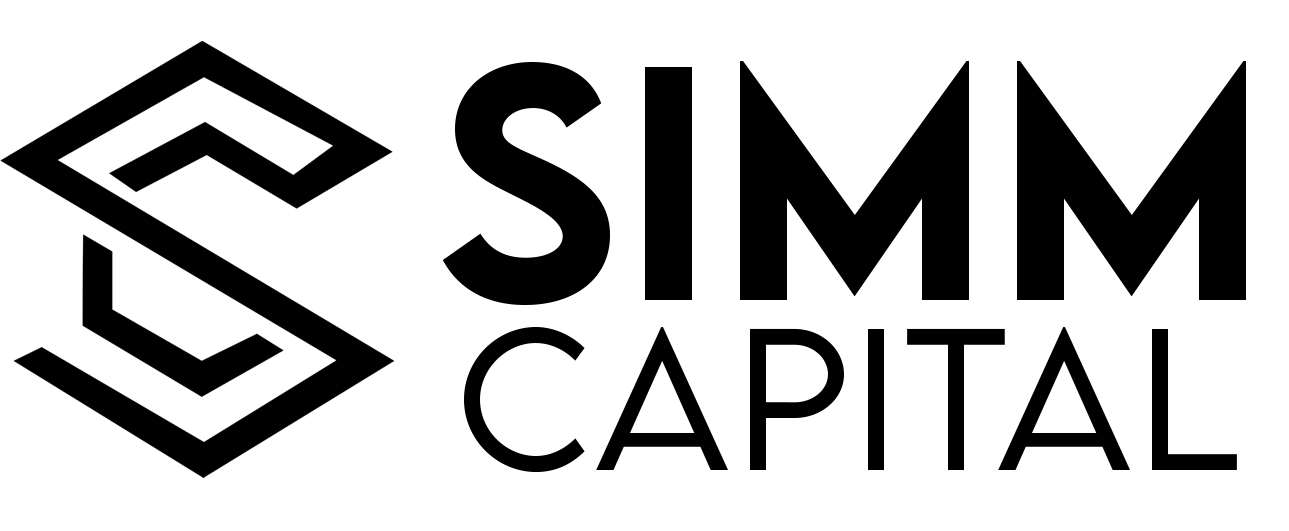
Multifamily Investing: A Comprehensive Guide – Part 3
Multifamily Investing: A Comprehensive Guide – Part 3
How Multifamily Investments Can Qualify for Unique Tax Deductions
Commercial multifamily units that contain over five units often qualify for unique tax deductions that can include:
- Maintenance
- Management
- Marketing fees
- Insurance premiums
- Repair costs
- Utility bills
Any fees associated with attracting new tenants and keeping your investment healthy, which you can then write off as marketing and maintenance costs. Investing passively in multifamily generally allows for “pass-through” tax benefits; in other words, you can leverage the same tax benefits as the sponsor. The Ascent Income Fund is structured as a REIT, offering potential tax advantages. This income-oriented fund also capitalizes on the broad demand for multifamily in the U.S., helping to provide private credit for operators across the U.S. and thereby offering attractive, diversified yield to individual investors.
They Allow for Passive Investment
If “landlording” doesn’t sound appealing, you can also invest passively in multifamily properties through online marketplaces. This allows you to enjoy the lifestyle benefits of remote ownership. Remote ownership in multifamily properties can provide steady cash flow and help you diversify your portfolio by taking advantage of far-away markets. The best part? You get these benefits without the headache of property management and maintenance.
Value-Add Acquisitions vs. Ground-Up Development
There are two main ways to invest in multifamily properties – acquiring existing assets and then adding value, or pursuing new ground-up development projects. Each method carries different levels of risk and potential returns.





Recent comments